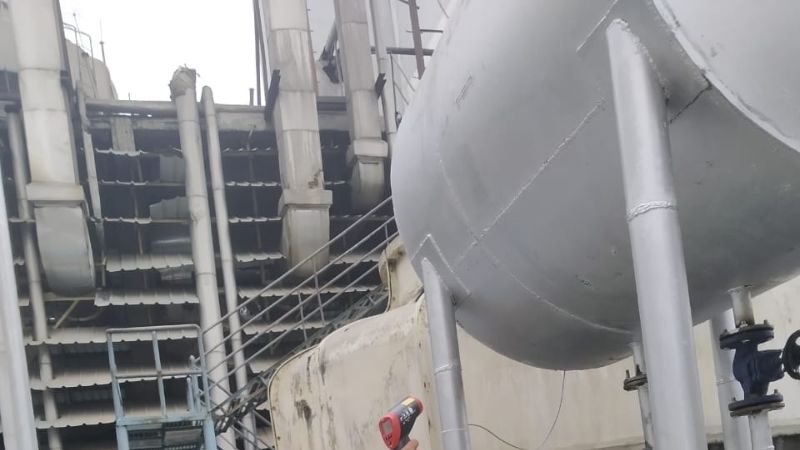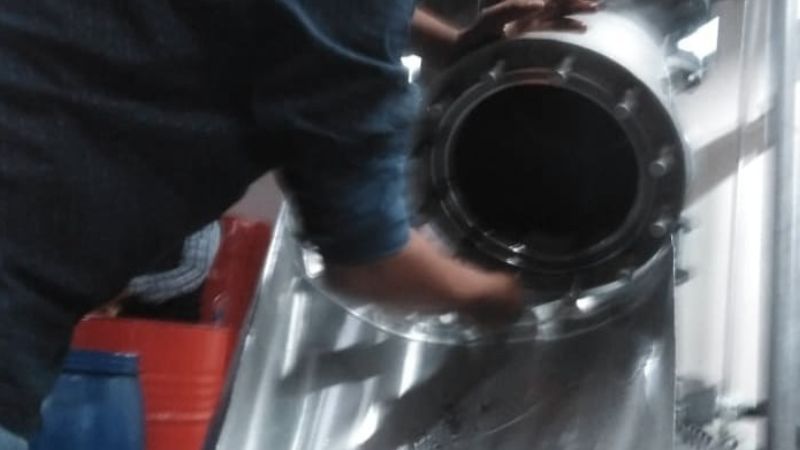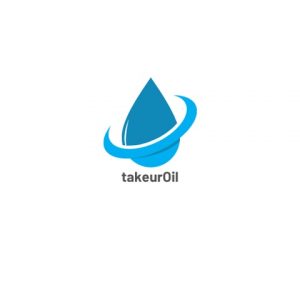Most heat transfer oil users want to know how to increase the service life of heat transfer oil. Basically, there are a lot of uses for heat transfer oils. But it’s nearly impossible for any heat transfer fluid manufacturer to tell the exact maintenance schedule and oil change intervals.
Each application has its unique properties. And it can contribute to heat transfer liquid degradation. Besides this, every heat transfer oil reacts differently to various user environments.
If you use a mineral type of heat transfer oil, you should replace it within 6-8 years. You should change semi-synthetic oil for 8-10 years and synthetic lubricant for 20-15 years. Let’s learn how to increase the heat transfer fluid lifetime.

Keep the Extension Tank Below 140°F
Increasing The Service Lifetime Of Heat Transfer Oil
You can extend heat transfer oil life by reducing thermal cracking, contamination, and oxidation. Let’s discuss it in detail:
Thermal Cracking Reduction:
All powered and electric immersion-type heaters can exceed the heat transfer oil maximum film temperature under specific conditions.
Exceeding the specific time of the film’s maximum temperature will cause excessive cracking and premature liquid failure. Excessive thermal cracking can be minimized as follows:
Exceeding the maximum film temperature for some time can cause excessive cracking and premature fluid failure. In the following way, you can minimize excessive cracking.
Maintain the Design Oil Velocity Through the Heater –
It would help if you calculated the pressure drop across the system when sizing the pump. Filters and strainers should be appropriately positioned and monitored to prevent blinding.
Slowly Bring Cold Systems Up to Temperature –
Heaters operating at full power from the start can cause overheating of cold fluids. You must increase the fluid temperature in 25°F increments until the liquid viscosity is less than ten cps.
Yet, it would help if you increase the oil temperature in 25°F (15°C) increments until the oil viscosity is less than 10 CPS. Ensure this method doesn’t heat the system faster than the preparation recommendations.
Avoid Sudden Shutdown –
Allow the liquid to circulate until the heater outlet temperature reaches 250°F maximum. If a power failure occurs repeatedly, consider connecting your pump to a secondary power source.
Check Combustion Chamber –
Improper fire propagation or burner alignment can cause overheating. Also, it can make the possibility of component fire.
Oxidation Reduction:
Severe liquid oxidation can cause vital material problems. In many cases, corrosion of the expansion tank is the first sign that a problem exists if regular fluid analysis is not performed. Oxidation-reduction is relatively simple:
Keep the Extension Tank Below 140°F –
The smoke from the expansion tank vent line indicates that your tank is too hot. Install a cold seal container over the expansion tank vent.
Never operate the system continuously with the warm-up valve open. A thermal loop seal and decreased diameter piping between the expansion tank will reduce thermal currents.
Minimize Exposure of Hot Liquids to Air –
Install a cold seal container in the expansion tank vent or blanket the tank with low-pressure inert gas.
Maintain a Positive Net Pump Suction Head (NPSH) –
High vacuum due to flow restriction can cause seal wear and allow air to be sucked in as a liquid.
Pollution Control:
Pollutants can promote fluid corrosion as well as cause operational issues. In several ways, contaminants can enter the system:
New System –
Ensure you remove all fabrication debris or protective coatings before assembly. Pressure testing systems with heat transfer fluids or inert gases – never pressure test with water.
Cleaning The System-
Complete drainage of all system low points is needed when using flushing fluids. You should use one full charge of new heat transfer oil to flush the system if complete drainage isn’t possible.
Likewise, you must thoroughly flush water-based cleaners from the system with clean water. And please remove the residual water by extraction and purge it with hot, dry nitrogen to -20°F dew point. Boiling the remaining water through the expansion tank is not recommended, as this will cause fluid loss.
Daily Operation –
Always use fresh fluid on the system. The liquid collected in the drip pan should be discarded “curved.”

Cleaning The System
Heat Transfer Oil Uses:
The highly refined heat transfer oil is a stable paraffinic oil used as a heat transfer medium. Yet, you also can use it as a coolant. Accordingly, indirect heating is provided by circulating hot oil through a heat exchanger in most industrial applications. Thus, this reduces hot spots and enhances the heating process’s safety.
This oil is used in various applications and industrial processes to cool or heat. Usually, they need to use in continuous cycles and closed circuits. For example, cooling water cools an engine, while heating water in a hydronic heating system heats a room radiator.
Heat transfer oil Specifications:
Heat transfer fluids vary in terms of chemical composition. Synthetic products have diester and ester compounds, water-glycol, polyglycerol and liquids, and silicone-based oils.
They are made from alkaline organic and inorganic solvents and are used in dilute form with specialties ranging from 3% to 10%. Non-synthetic products contain petroleum or mineral oil and may have water.
Synthetic products are more costly than non-synthetic fluids, but you can get good fire resistance and cooling performance. The semi-synthetic fluids’ heat transfer performance and cost fall between synthetic and soluble oil fluids.
Check Mineral Engine Oil Vs. Synthetic
Chlorofluorocarbons (CFCs) are non-flammable chemicals and contain chlorine, carbon, and fluorine. Halogenated fluorocarbons (HFCs), perfluorocarbons (PFCs), halogenated chlorofluorocarbons (HCFCs) and belong to this group of liquids.
FAQ (Frequently Asked Questions):
Q. When should I replace my heat transfer oil?
Most high-quality heat transfer oils can give you years of trouble-free service. However, depending on design, operation time, and temperature, the actual fluid life can vary from system to system. Throughout their lifetime, the most common causes for fluid replacement include:
- Process heat users lose heat transfer efficiency, potentially affecting throughput rates
- Accelerated loss of fluids in degenerate conditions
- Enhanced viscosity resulting in loss of low-temperature liquid performance
- Pollution of heat transfer oil with foreign compounds
- The old fluid’s energy consumption increased regarding heater (energy input) and pumping energy consumption.
Q. What is the degradation of heat transfer oil?
Heat transfer oil degradation results from overheating the oil past its boiling point. Since a liquid boils, much like water, it generates a lighter substance in vapor. Overheating or cracking can cause safety concerns, along with reduced viscosity.
Q. What is the best oil for heat transfer?
Mineral oil is utilized as a heat transfer medium for various applications. Compared to synthetic fluids, it gives good thermal stability at high temperatures.
Moreover, mineral oil is best because it provides easier maintenance, minor environmental impact, and disposal requirements. This is most important because it usually comes at a lower price.
Final Word:
In summary, over time, the heat transfer fluid system will damage if severe overheating and fluid pollution occurs. Ultimately it can affect the efficiency of your operation. That’s why, in proper time, you should maintain the service life of heat transfer oil.
Furthermore, it would help if you analyzed your heat transfer fluid in-depth every year. Overall, like every fluid, you should need to maintain your heat transfer oil to get proper performance. Nevertheless, thanks for reading this article, and we hope you had a great time.
Now Read: Selection of Best Heat Transfer Oil

